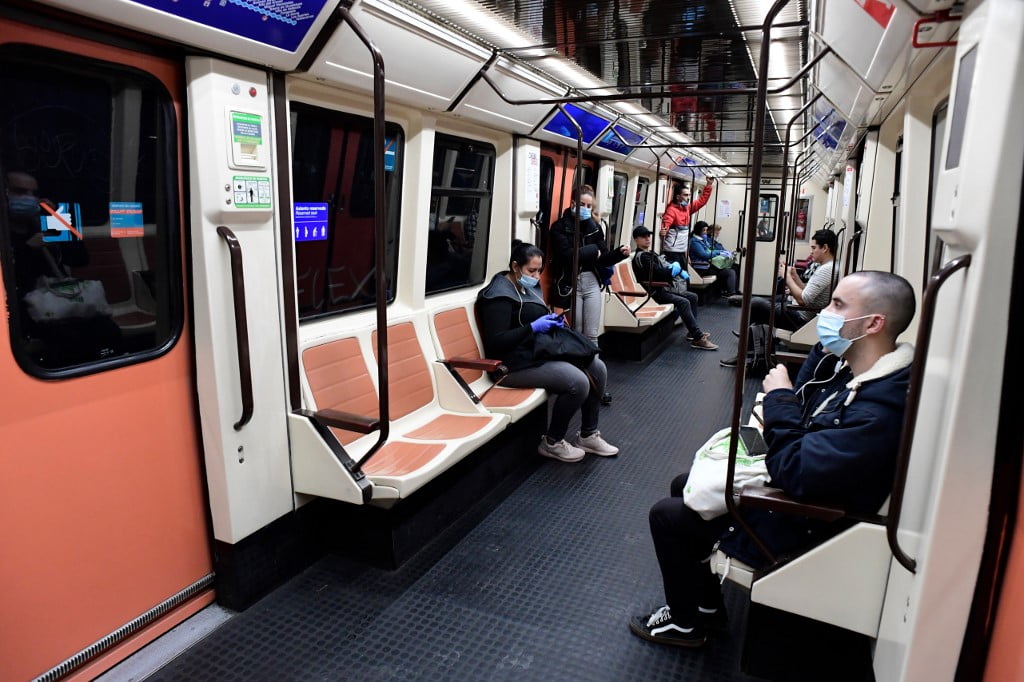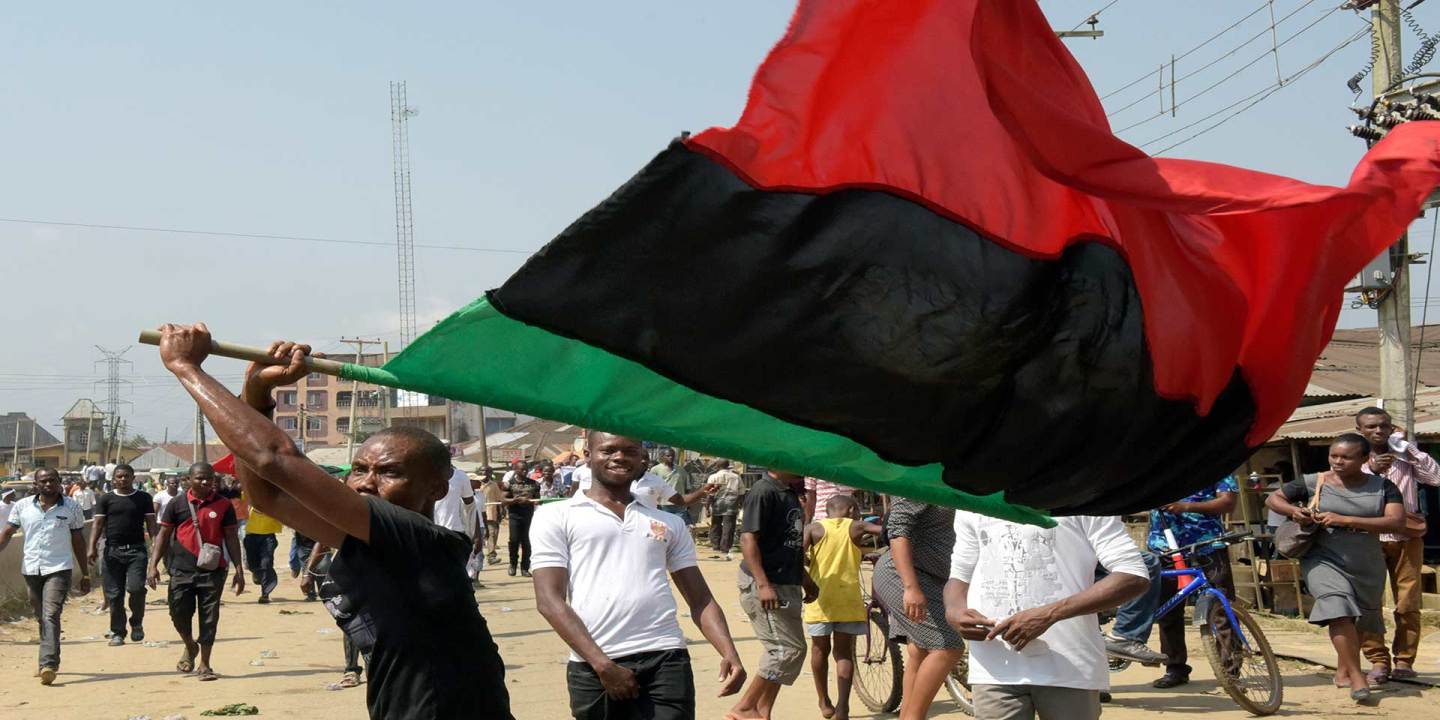The remains of the founder of Spain’s fascist Falange party will be moved Monday from a grandiose basilica, where the body of former dictator Francisco Franco once lay, and transferred to an understated grave.
The operation comes after the approval of a law designed to tackle the legacy of the 1936-39 civil war and the decades of dictatorship that followed.
Jose Antonio Primo de Rivera founded the Falange party in 1933, which became one of the pillars of Francisco Franco’s brutal regime, along with the military and Spain’s Roman Catholic Church.
Executed in November 1936 at the start of the war for conspiring against the elected Republican government, Primo de Rivera was in 1959 buried inside the basilica in the Valley of the Fallen, 50 kilometres (30 miles) northwest of Madrid.
Once his remains are exhumed, they will be relocated to Madrid’s San Isidro cemetery, according to Spanish media reports.
The basilica is part of a vast hillside mausoleum built after the civil war by Franco’s regime — in part by the forced labour of 20,000 political prisoners.
When the dictator died in 1975, he was also buried there, in a tomb by the altar, close to Primo de Rivera’s grave, with the site long being a draw for those nostalgic for the Franco era.
Cabinet minister Felix Bolanos said the operation “was another step” in the government’s efforts to strip the mausoleum of its status as a symbol of Francoism and far-right ideology.
“It should not be possible to pay tribute to any person evoking the dictatorship,” he said after the government announced the exhumation on Thursday.
Honouring those who died or suffered violence or repression during the civil war and dictatorship has been a top priority for the left-wing government of Prime Minister Pedro Sanchez, who came to power in 2018.
In 2019, his government relocated Franco’s remains from the basilica following a lengthy legal battle with the dictator’s family.
– A place of memory –
The basilica — topped by a 150-metre (500-foot) stone cross — and mausoleum also house the remains of more than 30,000 victims from both sides of the civil war.
It is a deeply divisive symbol of a past that Spain still finds difficult to digest.
The so-called law of democratic memory, which came into effect in October 2022, aims to turn the Valley of the Fallen into a place of memory for the dark years of the dictatorship.




2 Comments